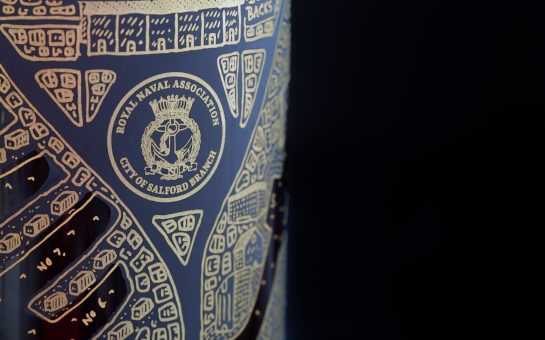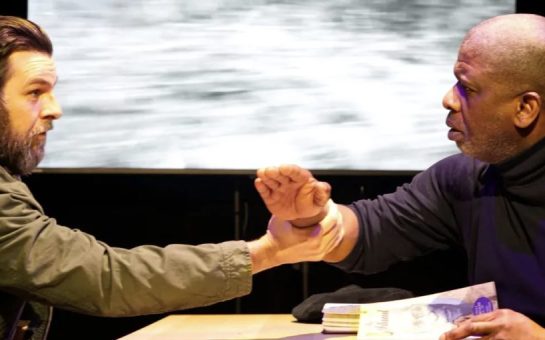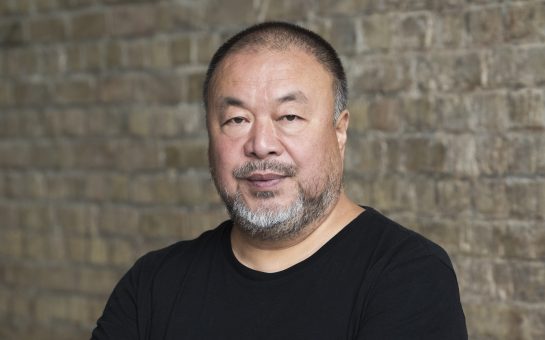Today we are immersed in a world where the visual side of our brain is overindulged with HD images, countless online snaps and other photographic advancements now considered as art forms.
With that in mind it’s all too easy to forget traditional paint-on-canvas art when the Kodaks and Nikons of the world had yet to exert their influence.
Over the years Manchester has contributed more than its fair share to the art world – take a look as we meander back through the last hundred years or so and select the select few who have earned their place in the pantheon of greats.
5. David Vaughan
Fusing rock music with visual art, David Vaughan is best known to the art world for his psychedelic 1960s paintings of the musicians of the day, including pop sensation The Beatles.
His association with these bands set the tone for a series of murals and experimental artwork as well as being commissioned for the world-famous Expo ’67 in Canada.
Born in 1944, Vaughan formed part of the design team BEV after studying at art school in Ashton.
But despite his career highs, periods of his life were marked by personal lows in which he suffered mental health issues, including depression, and died in 2003.
4. Helen Bradley
Rather unusually Helen Bradley started her art career in later life, but despite this delayed start it gave her more than enough time to make her mark.
Taking inspiration and advice from Lowry – whom she had met – she depicted her childhood as she remembered it from the early part of the 20th century.
The Lees-born artist delightfully achieved fame for her prints of Edwardian Lancashire in a series of visual narratives – not just in England but also across the pond in the USA.
Her success however was no fluke, as Bradley had studied the form from a young age and kept an interest throughout her middle years.
She died in 1979 shortly before she was due to be recognised for her contribution to art with an MBE.
3. William Stott
William Stott-of-Oldham, as he signed his works in a nod to his Victorian-era roots, was largely received in France where he went to continue his studies.
His work was exhibited in Paris, at the renowned Salon, and he also spent time at Grez-sur-Loing – famous for the artistic community that once occupied the area
In an age where Impressionism was taking off in Europe, Stott painted a variety of landscapes and figures, and during his life was hailed as one of the greatest living painters.
More than a century after his death in 1900, his fine work is still widely recognised in Impressionist and post-Impressionist circles.
2. Edward Adamson
Edward Adamson’s work as an artist did not merely extend to brushstrokes on canvas.
His career was dominated by research into art as a method of therapy and healing, and has since become known as the father of art therapy in Britain.
Adamson, born in Sale in 1911, was, by the 1940s, treating patients at Netherne psychiatric hospital in Surrey in this newly-pioneered field – where he worked for more than 30 years.
The treatment led to works by many of these patients becoming the Adamson Collection – a fitting acknowledgment of a life dedicated to art therapy.
1. Laurence Stephen Lowry
Here is perhaps the definitive name to recall when searching for inspiring Mancunian art and a name certainly not equalled when it comes to familiarity or the depiction of industrial Manchester.
LS Lowry was born in Stretford in 1887 and studied at the Salford Royal Technical College – an education which gave birth to his now legendary style of painting people as ‘matchstick’ figures largely against a highly industrialised background.
His legacy continued for decades after his death, nowhere more pertinently than in The Lowry theatre and gallery in Salford which now houses a substantial collection of his most revered works.
Image courtesy of the BBC via YouTube, with thanks
For more on this story and many others, follow Mancunian Matters on Twitter and Facebook.



